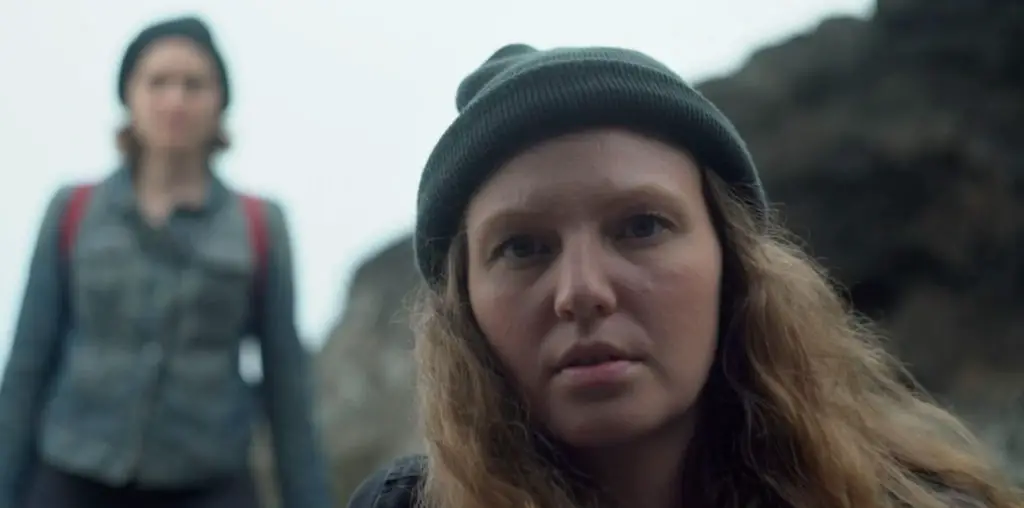
I’m one of the many whose fascination with World War II helps support The History Channel’s cottage industry built around the subject. Sure, it’s been called “the good war,” one that pitted good versus evil, but of course the reality is much more complex and nuanced than that. World War II’s sprawling narrative and varied cast of characters meant that it really couldn’t be distilled into a sound bite or a 140-character tweet.
It was certainly a war of contradictions. The Allies fought for freedom, but the U.S. put Americans of Japanese descent in internment camps, and anti-semitism and racism were ongoing problems. One member of the Allied coalition was just as oppressive as the Axis powers.
That second contradiction is what fuels “The Unknown War,” a massive, 20-part documentary that runs north of 16 hours. It originally aired on TV in 1978, but the Soviet invasion of Afghanistan cut short its run. As a result, it hasn’t been seen much since then, which is a shame because it features incredible footage, thanks to the legions of fearless cameramen put on the battlefields by Stalin. (Admittedly, many of them likely faced being shot for desertion or treason if they shirked their assignments, but it still took a lot of guts to keep the camera rolling in the face of an enemy onslaught.)
“The Unknown War” dives deep into its subject, covering the fighting between the Soviets and the Germans in exhaustive detail. The footage covers the strife faced by both civilians and soldiers, much of it uncensored and gruesome. Narrator Burt Lancaster brings the kind of gravitas you’d expect — he traveled to the Soviet Union and had the chance to stand at the scenes of some of the most brutal battles, such as the fort where a few hundred Soviet troops found themselves surrounded by thousands of Germans but still fought to the death.
The production values aren’t up to what we expect today, of course, and the video quality is rough overall, but we can’t expect Shout! Factory to have the kind of budget needed to restore this footage. I’m just thankful that it’s been preserved in a digital format, since “The Unknown War” could have been lost forever as the original film continued to degrade.
While this is a very well done and comprehensive documentary, you’ll definitely want to check out the bonus features in the order in which they appear in this five-disc set. Writer and composer Rod McKuen discusses how “The Unknown War” came to be, noting that he and others involved with the series traveled to the Soviet Union to collaborate with filmmakers there, including producer Roman Karmen, who was one of the Soviets’ battlefield cameramen. Karmen was instrumental in helping them obtain footage that had been locked in the Kremlin’s vault since the end of the war.
McKuen explains that there were plenty of disagreements between the U.S. and Soviet filmmakers, saying: “Sometimes we won and sometimes they did.” That’s a key point, one that leads into the other bonus feature, an analysis of the series by Willard Sunderland, Associate Professor of Russian history at the University of Cincinnati.
Sunderland discusses some of the series’ most glaring omissions, including the Soviets’ invasion of Finland and the atrocities they committed in Poland, as well as the real reason for Stalin trying to keep the Germans at bay: the documentary makes Stalin sound almost noble for trying to keep the peace with Germany, but Sunderland explains that the Soviets had the same imperial aspirations as the Nazis, and it was inevitable that the two countries would butt heads.
Sunderland doesn’t damn the American filmmakers for what was left out, so I assume he realizes that they were dealing with a difficult situation when traveling to the Cold War era Soviet Union, where they were lucky to get any assistance at all. While it’s a shame that the Soviet invasion of Afghanistan short-circuited the series’ exposure on TV, the entire documentary would have probably been derailed if that had happened while it was in production.
Like all historical events, the fighting between the Soviet Union and Germany during World War II was too complex for a simplistic explanation, and as Sunderland’s interview shows, even a 16.5-hour documentary doesn’t necessarily cover everything. Just as various forces were at work in the 1940s, competing agendas shaped the narrative that was created in the late 1970s.
